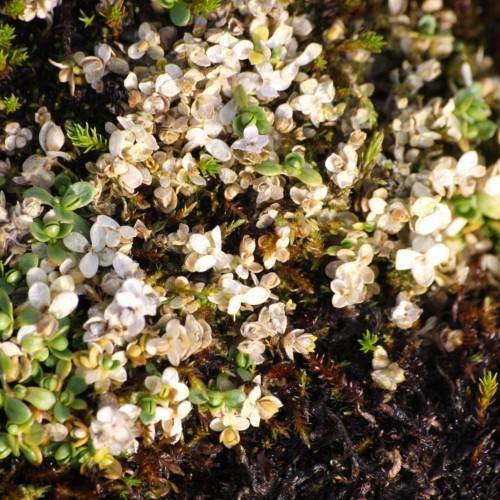
Regel's Chickweed
Cerastium regelii
Watering:
Frequent
Hardiness Zone:
Sun:
full sun,part shade
Leaf:
Yes
Growth Rate:
Low
Drought Tolerant:
Yes
Invasive:
Yes
Care Level:
Moderate
watering
Nodding Chickweed should be watered frequently, about once every 1 to 3 days. It prefers evenly moist soil, but should never be allowed to stay soggy or sit in water for too long. It is best to water in the mornings when the temperatures are cool. If the soil appears dry, give the plant a thorough drink of water; once moist, let the soil dry out a bit between waterings. It is important to maintain consistent moisture levels and avoid extreme dryness. If the plant looks wilted in the afternoon, a light spray of water may be necessary.
sunlight
Nodding Chickweed (Cerastium nutans var. nutans) thrives in partial to full sun, with at least 6 hours of direct sunlight ideally. In areas with intense heat and direct full sun, it is best given a few hours of shade during the hottest part of the day, typically mid-afternoon. In climates with limited sun exposure, up to 12 hours of indirect sunlight is suitable.
pruning
Nodding Chickweed (Cerastium nutans var. nutans) should be pruned once a year in late winter or early spring. Pruning should involve removing any dead or diseased stems and shearing the plant down by about 1/3 of its total height. After shearing, the plant should be thinned out by removing any weak, spindly or overcrowded stems. This will help to encourage healthy, lush growth and a neat appearance. Additionally, removing dead flower heads can help to prevent the spread of disease and encourage more blooms.
